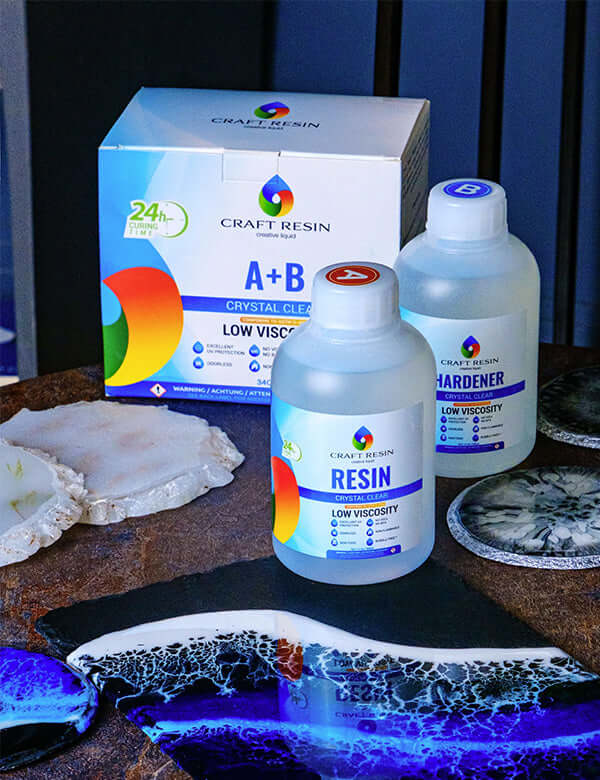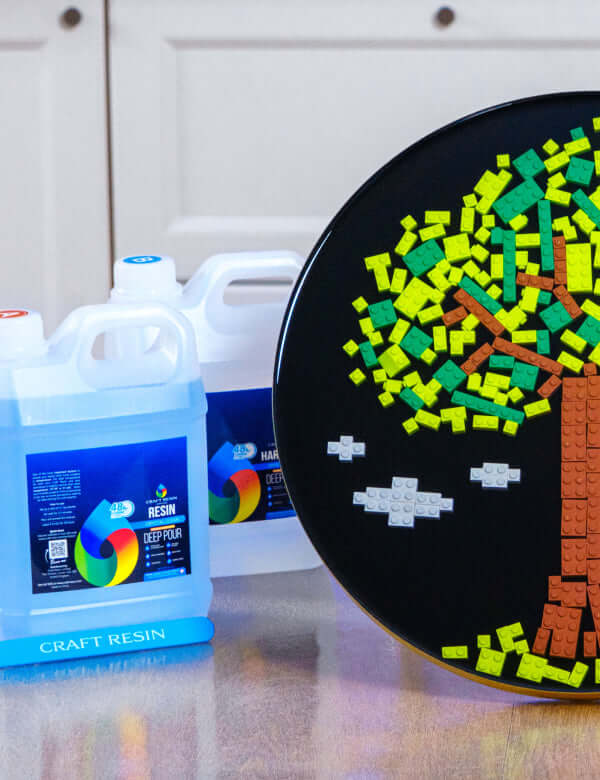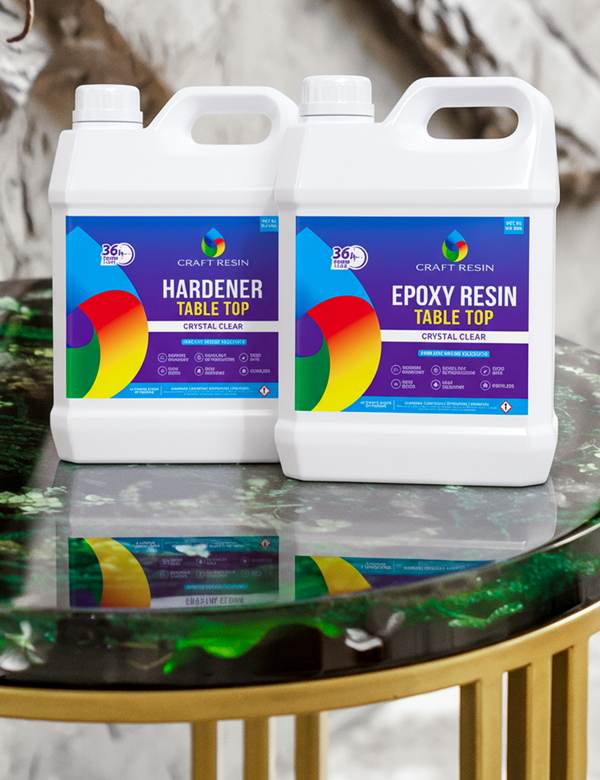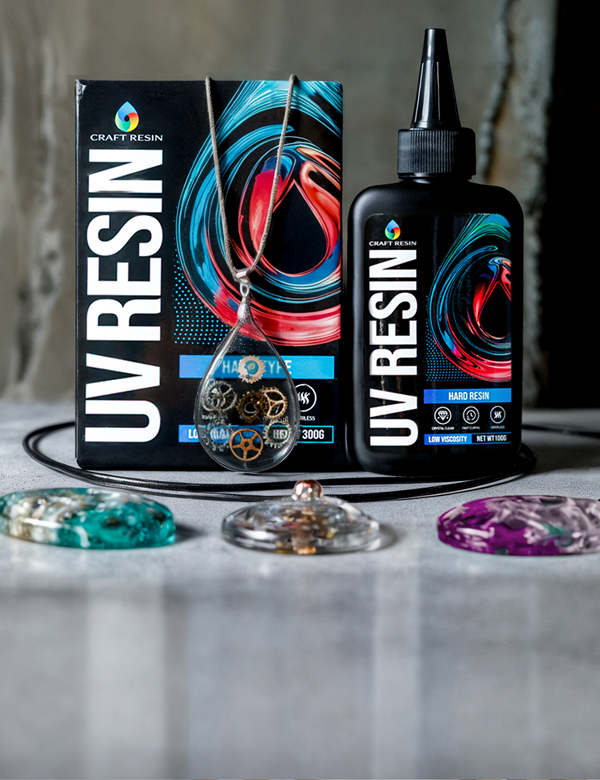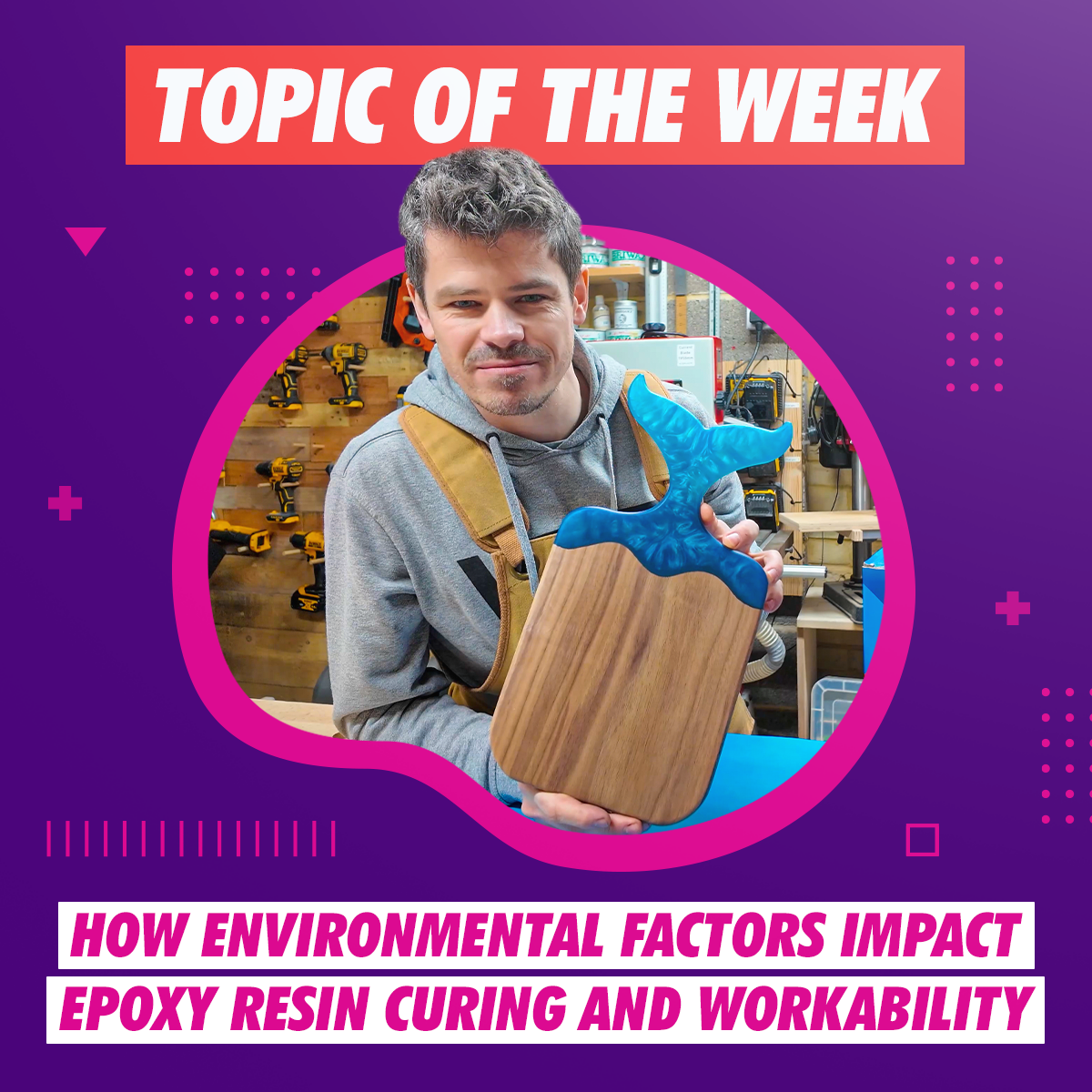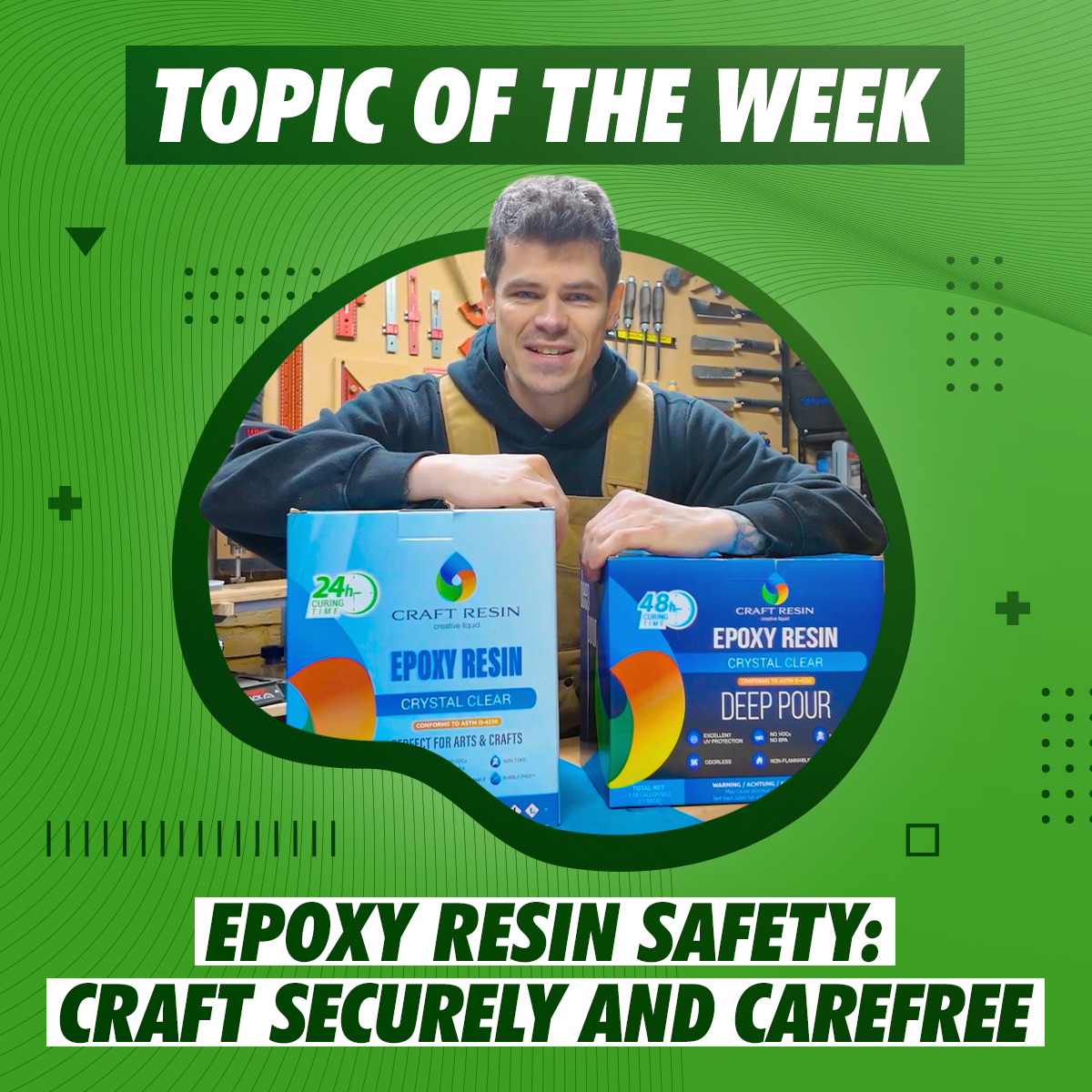Creating with epoxy resin is an exciting journey, but as a beginner or novice craftsperson, you might notice that your resin doesn’t always behave as expected. Why does it sometimes cure too slowly, too quickly, or develop bubbles? The answer often lies in environmental factors like temperature, humidity, and air quality. At Craft Resin, we want to help you understand these factors so you can achieve perfect results every time. Let’s explore how your surroundings impact epoxy resin curing and workability — and how to manage them for stunning projects.
Temperature: The Key to Curing Speed
Temperature plays a big role in how epoxy resin cures. Craft Resin is designed to cure best at around 20–25°C (68–77°F), but changes in temperature can affect the process. If it’s too cold — say below 15°C — the resin may cure very slowly or remain tacky. On the other hand, if it’s too hot — above 30°C — the resin can cure too quickly, leading to excessive heat (exothermic reaction) that might cause bubbles or cracking. In the video Temperature Effects on Epoxy Resin, you’ll see how a craftsperson tests resin at different temperatures, showing the difference in curing times. To manage this, work in a room with stable temperature, and if needed, use a space heater or fan to maintain the ideal range. Craft Resin’s formula helps minimize these issues, giving you a reliable curing process.
Humidity: Controlling Moisture for Clarity
Humidity, or the amount of moisture in the air, can affect your resin’s clarity and workability. High humidity — above 60% — can introduce moisture into your resin mix, causing cloudiness or amine blush (a waxy surface layer). This is especially common in humid climates or during rainy seasons. The video Humidity and Resin Curing demonstrates how a craftsperson in a humid environment ends up with a cloudy finish, and then fixes it by using a dehumidifier. To avoid this, work in a space with humidity below 50% if possible — a dehumidifier or air conditioning can help. Craft Resin is formulated to resist moisture better than many alternatives, but controlling your environment is still key for crystal-clear results.
Air Quality: Keeping Dust and Particles at Bay
Dust, pet hair, or other particles in the air can settle into your resin while it cures, ruining your smooth finish. A dusty workshop can turn a glossy river table into a bumpy mess. The video Dust Control for Resin Projects shows a craftsperson setting up a clean workspace by covering their project with a box during curing, ensuring a flawless surface. To manage air quality, work in a clean, enclosed space — sweep your area beforehand, and cover your project with a lid or tent while it cures. Craft Resin’s low-viscosity formula (around 1400 CPS when mixed) helps bubbles escape more easily, but a dust-free environment ensures your project stays pristine.
Workability: How Environment Affects Your Pour
Environmental factors also impact how easy it is to work with resin. In hot conditions, Craft Resin’s working time (about 40 minutes at 25°C) may shorten, giving you less time to mix and pour. In cold conditions, the resin becomes thicker, making it harder to mix and pour smoothly. High humidity can make the resin feel stickier, complicating your pour. Our blog "Resin Crafting 101: Your First Steps with Craft Resin" offers more tips on mixing and pouring, including how to adjust for your environment. Always check your workspace conditions before starting — a stable environment makes Craft Resin even easier to use.
Safety Tip: Protect Yourself in Any Environment
Your environment doesn’t just affect the resin — it affects you too. Poor ventilation in a hot or humid space can increase fume exposure, so always work in a well-ventilated area and wear protective gear like gloves and safety glasses. Our article "Epoxy Resin Safety: Craft Securely And Carefree" dives deeper into safety practices, ensuring you can craft with confidence no matter the conditions.
Craft Resin: Your Partner in Any Environment
Craft Resin is designed to perform reliably across a range of conditions, with a UV-resistant, low-odor formula that’s beginner-friendly. By understanding and managing environmental factors, you’ll get the best results from every pour. Ready to create your next masterpiece? Control your workspace, and let Craft Resin help you craft with ease!
What environmental tip will you try first? Share your projects with us @CraftResin — we’d love to see your work! 🌺
#CraftResin #ResinCuring #EnvironmentalFactors

